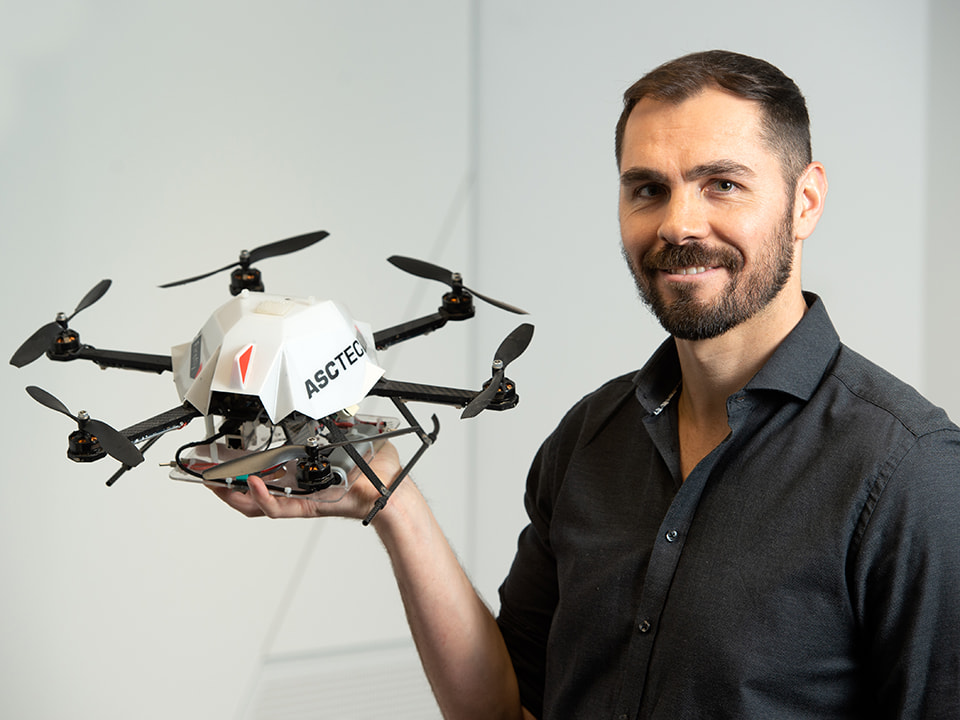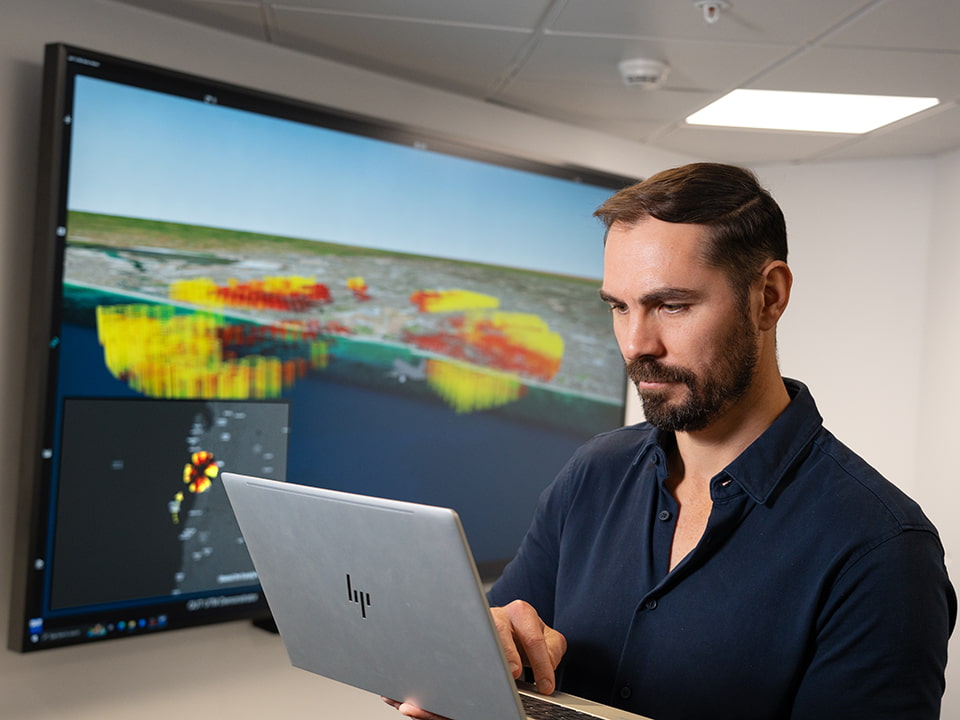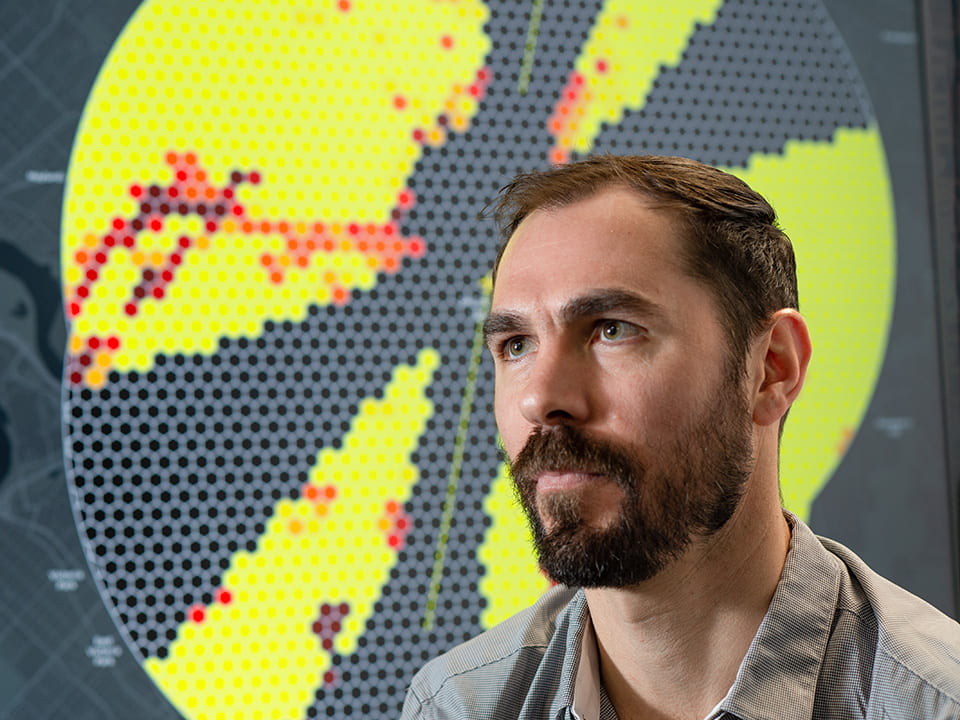'I want to change the status quo.'


The spark
'As a child, I was always fascinated with aeronautics. While studying, I got my private pilot's licence and learnt to fly a variety of aircraft but ultimately it was my interest in engineering that won out. I love inventing things and seeing the tangible value they can bring. When these impact an entire sector, it's incredibly fulfilling.'
Research aim
'Living near an airport and looking into the skies, I really wanted to understand the likelihood that a drone could collide with crewed aircraft. Now I'm working towards the safe and efficient integration and management of uncrewed aircraft (drones).'


Real-world implications
'Drones have huge potential in a range of applications – medical, disaster response, media, logistics and transport. But the economic, social and environmental benefits of these applications can only be realised and then scaled when drones can rapidly, routinely and safely access airspace. We create new digital technologies and automated systems that enable such access.'
The challenge
'Accurately and robustly quantifying drone-crewed aircraft collision risk in a manner that is consistent with strict safety regulations is still a hurdle we need to overcome. This is due to uncertainty around data coverage and completeness, navigation and surveillance capabilities, and target airspace safety levels.'


Key collaborators
'We work with industry and aviation authorities (both national and international) to ensure the solutions we derive have undergone sufficient scrutiny outside academia which is key to creating safe, reliable and practical technologies.'
Key achievements
- Developed and translated new facility map generation (drone management) technology used in Australian airports in collaboration with aviation authorities. This work won an Airwards Award and an ATSE Batterham Medal in 2022.
- Developed, patented and translated new collision risk assessment (drone management) technology used in drone flight planning, assessment, and approval in Australia and overseas airspace in collaboration with industry. This won an AAUS innovation award in 2023.
- Appointed co-lead of the JARUS air risk task force. This will produce new air risk modelling capabilities and guidance that will used by JARUS members states – 60-plus aviation authorities including Australia.
Key publications
Patent (23-0884-US-NP): 'Mid-Air Collision (MAC) risk models and systems and methods for generating MAC risk maps.'
Kallinen, V. McFadyen, A. 'Collision risk modelling and analysis for lateral separation to support unmanned traffic management.' Risk Anal, 42 (2022).
A. McFadyen, L. Mejias. 'A survey of autonomous vision-based see and avoid for unmanned aircraft systems.' Prog Aerosp Sci, 80 (2016).